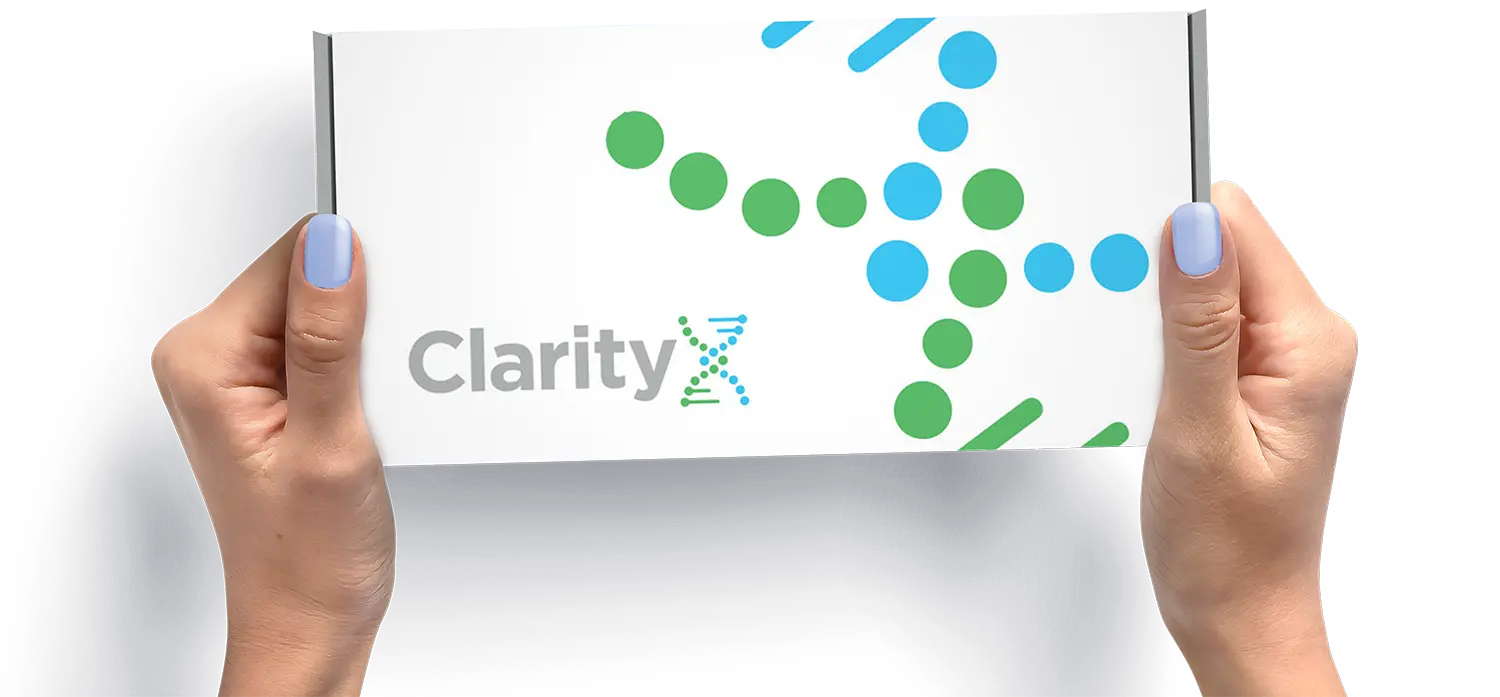Summer Sale! Save 25%
Free Express Shipping
Sale Ends: 06/27
Uses
Side effects
Interactions
Precautions
BRIVIACT is indicated for the treatment of partial-onset seizures in patients 4 years of age and older. As the safety of BRIVIACT injection in pediatric patients has not been established, BRIVIACT injection is indicated for the treatment of partial-onset seizures only in adult patients (16 years of age and older)
Adults: Most common adverse reactions (at least 5% for BRIVIACT and at least 2% more frequently than placebo) are somnolence/sedation, dizziness, fatigue, and nausea/vomiting. Pediatric Patients: Most common adverse reactions are similar to those seen in adult patients.
- Rifampin: Because of decreased concentrations, increasing BRIVIACT dosage in patients on concomitant rifampin is recommended.
- Carbamazepine: Because of increased exposure to carbamazepine metabolite, if tolerability issues arise, consider reducing carbamazepine dosage in patients on concomitant BRIVIACT.
- Phenytoin: Because phenytoin concentrations can increase, phenytoin levels should be monitored in patients on concomitant BRIVIACT.
- Levetiracetam: BRIVIACT had no added therapeutic benefit when coadministered with levetiracetam.
- Suicidal Behavior and Ideation: Monitor patients for suicidal behavior and ideation.
- Neurological Adverse Reactions: Monitor for somnolence and fatigue, and advise patients not to drive or operate machinery until they have gained sufficient experience on BRIVIACT.
- Psychiatric Adverse Reactions: Behavioral reactions including psychotic symptoms, irritability, depression, aggressive behavior, and anxiety; monitor patients for symptoms.
- Hypersensitivity: Bronchospasm and Angioedema: Advise patients to seek immediate medical care. Discontinue and do not restart BRIVIACT if hypersensitivity occurs.
- Withdrawal of Antiepileptic Drugs: BRIVIACT should be gradually withdrawn.


